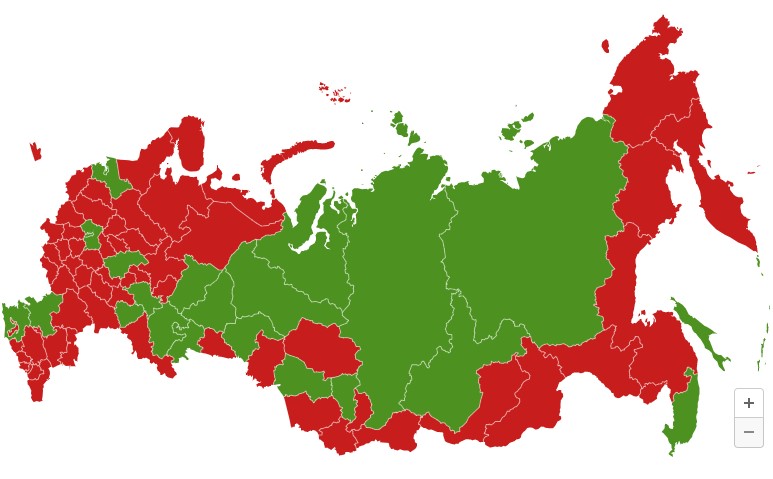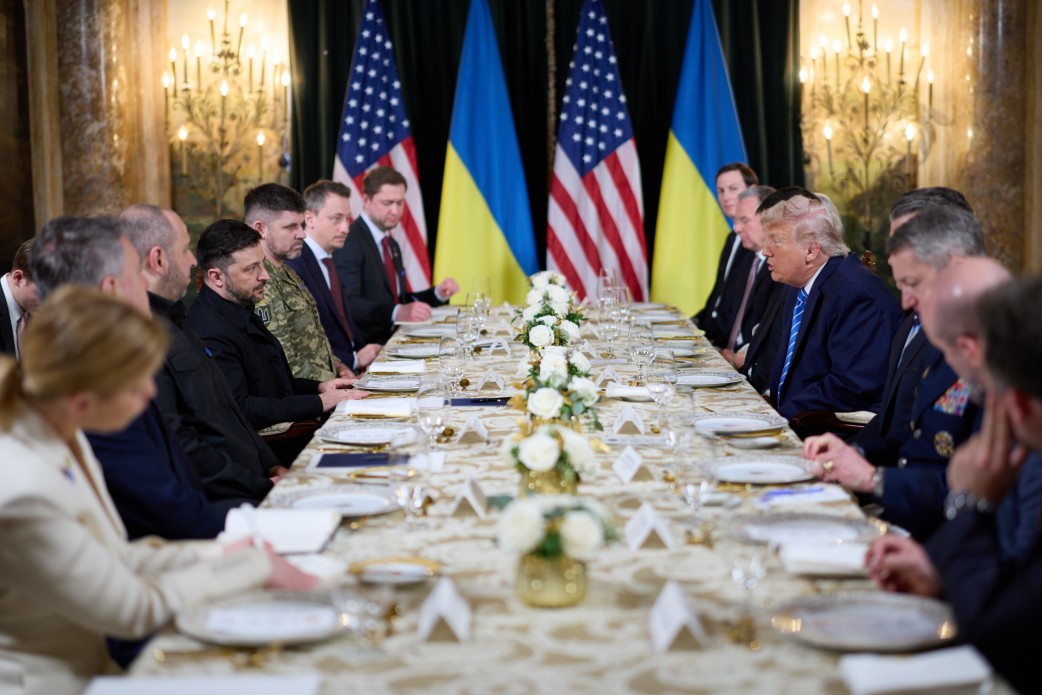At the end of September, the government published a draft budget for 2025 with record military spending of 13.2 trillion rubles, or 38 billion rubles per day. At the same time, officials plan to reduce spending on social policy and education. This year, the budget expenditures on the army and security forces amount to 11.1 trillion rubles, or about 210 billion rubles per week, which exceeds the annual budgets of 80% of Russian regions, according to The Moscow Times.
Only 18 entities of the Russian Federation out of 83 (excluding the occupied Ukrainian territories) have budgets that exceed the weekly costs of the war in Ukraine. Among them are Moscow (4.7 trillion rubles), Saint Petersburg (1.2 trillion rubles) and their respective regions, as well as regions with developed extraction and processing industries — Hanty-Mansi Autonomous Okrug (380.6 billion rubles), Yamalo-Nenets Autonomous Okrug (389.6 billion rubles), Kemerovo (280.1 billion rubles), Chelyabinsk (331.3 billion rubles) and others (marked in green on the map).

In 64 regions, marked in red on the map, the annual budgets are smaller than Russia's war expenditures for 7 days. And in nearly a quarter of the regions, budgets are less than a third of the weekly military spending. Among them are national republics — Kabardino-Balkaria, Tuva, Mari El, North Ossetia, Kalmykia, Karachay-Cherkessia, Mordovia, Khakassia, Altai and depressed regions — Tambov, Kostroma, Oryol, Novgorod, Tambov, Pskov.
Four regions spend less in a year than Russia spends on the war in Ukraine in one day (30 billion rubles): the Jewish Autonomous Region, Ingushetia, Kalmykia, and the Nenets Autonomous Okrug.
The region with the smallest budget is the Jewish Autonomous Region, which spends 15.3 billion rubles per year — twice as little as Russia's daily military expenditures. The Jewish Autonomous Region ranked among the top three regions with the lowest quality of life last year.
Ingushetia, with a budget of 27.9 billion rubles, also lags behind in terms of quality of life and has for many years topped the rankings for household debt.
Kalmykia, living on 26.6 billion rubles a year, is traditionally considered one of the most depressed regions in Russia. In 2024, the republic entered the top five regions with the lowest income levels.
The Nenets Autonomous Okrug, on the other hand, is a prosperous region, ranking among the top ten regions with a high standard of living. The population of NAO is comparable to that of a mid-sized Russian city — only 44,000 people, and its annual budget of 25.3 billion rubles is generous in per capita terms.





















